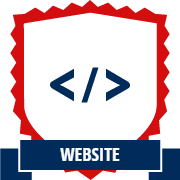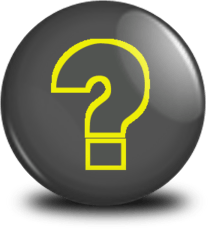CSCI 441 - Computer GraphicsFall 2017 - Assignment 2 - Employee of the MonthCanvas | CS @ Mines | Mines | Piazza |
||||||||||||||||||||
| | Home | Syllabus | Assignments | Leaderboard | Schedule | Resources | | ||||||||||||||||||||
|
This assignment is due
by September 8, 2017 by 11:59pm.
You step back to admire your work. You're not quite sure how you
did it, but there it is for all to see. The sign for your soon to be ride is freshly painted and
standing. The queue for your line is in place and goes right underneath. After you finish attaching
the "You Must Be This Tall To Ride"
sign, the man returns.
"Wonderful! Absolutely splendid! Ra is most pleased indeed. We would like to award you with this honor of, 'Employee
of the Month!' Stand next to your work and our park photographer will be around to give you further instructions."
And so you wait...
Part I - Take Your Portrait"Very sorry I am late! Much of the park is still being constructed and I am busy cataloging all
of our new rides." says Sheila with a smile.
Other rides? I thought I was the only one?
She then continues, "Is that what you are going to wear for the photo? That will not do. Everyone
will see your picture as they enter the park. We must get you changed. Luckily, I always come prepared." She heads off and returns
a minute later with boxes and clothing racks. "Please look through our costume and props to pick out an outfit. Once you are changed,
we'll start the photo shoot!"
You start flipping the costumes down the rack, trying to determine what suits you best. On top of the box of hats, you find a note:
For this assignment, you will write an OpenGL/GLFW progrm that displays a 2D animated and interactive Hero. Make your window a traditional size (say 512x512...the same as A1, hmm). Your Hero must be made up of OpenGL primitives, at least one of which is solid, and drawn in hierarchical fashion. In other words, the eyes and mouth should be drawn with respect to the head and the head with respect to the body, etc. A carefully placed call with glm::translate() could be used to move entire portions of the Hero's body.::click:: Cheese! Still in your new garb, now that your picture is done, you start to walk through the rest of the park to see what other rides are in development. Part II - WebsiteUpdate the webpage that you submitted
with A1 to include an entry for this assignment. As usual, include a
screenshot (or two) and a brief description of the program, intended to
showcase what your program does to people who are not familiar with the
assignment.
Part III - Questions
Briefly answer the questions below. Include your response in the
README.txt
file.
Documentation
With this and all future assignments, you are expeced to appropriately
document your code. This includes writing comments in your source code
- remember that your comments should explain what a piece of code is
supposed to do and why; don't just re-write what the code says in plain
English. Comments serve the dual purpose of explaining your code to
someone unfamiliar with it and assisting in debugging. If you know what
a piece of code is supposed to be doing, you can figure out where it's
going awry more easily.
Proper documentation also means including a README.txt file with your submission. In your submission folder, always include a file called README.txt that lists:
Grading Rubric
Your submission will be graded according to the following rubric.
[1] In other words, a
call to drawHero() would be made up of calls to drawHead(), drawBody(),
etc.. Within drawHead() are two calls to drawEye() to place each eye on
the head. A properly placed call using glm::translate() could move the
entire head (and eyes) with respect to the Hero's body. Each component
should be drawn with respect to the component it is attached to (i.e.
eye locations are set as offset from center of head) rather than being
specified with respect to the center of the Hero. Individual components
can then be moved hierarchically. If there are any questions, feel free
to post a question to Piazza.
Experience Gained & Available Achievements
Submission
Please update your Makefile so it produces an executable with
the name a2. When you are completed with the assignment, zip
together your source code, Makefile, and
README.txt
into a folder named src/ plus include your www/ folder. Name the zip
file,
HeroName_A2.zip
. Upload this file to Canvas under A2. The structure of your submission
should look as follows:
This assignment is due
by September 8, 2017 by 11:59pm.
| ||||||||||||||||||||
|
Last Updated: 09/05/17 10:01
|
||||||||||||||||||||






